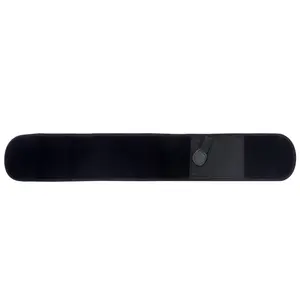
Concealed Carry Tactical Gun Holster Belly Band Magnetic Hand Waistband For Men And Women For Hunting Accessories


Factory Price Universal Metal Spring Steel Silver Holster Sheath Belt Clip Clasp Spring Buckle Hook Holster Belt Clip

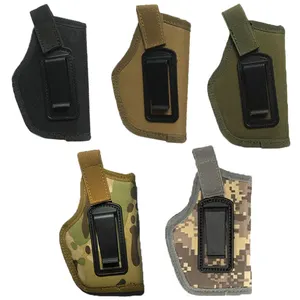





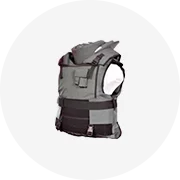
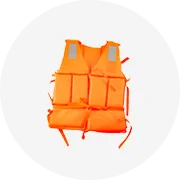
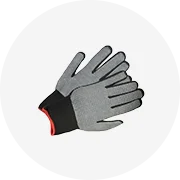
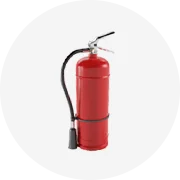
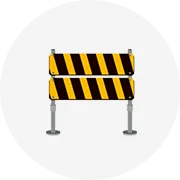
Gun holsters serve as an essential accessory for firearm carriers, offering a blend of concealment, accessibility, and protection. Designed to ensure that firearms are kept securely and discreetly, holsters are a fundamental component for anyone involved in the handling of guns, from law enforcement to sports enthusiasts.
The variety of gun holsters available caters to different carrying preferences and requirements. The three primary categories include shooting, carry, and tactical holsters. Shooting holsters, often crafted from durable materials like leather, provide a stable base for improved marksmanship. Carry holsters prioritize comfort and convenience for everyday use, while tactical holsters are designed for quick transitions and hands-free flexibility.
The construction of gun holsters involves various materials, each selected for its durability and performance. Leather is a traditional choice, valued for its robustness and classic aesthetic. Modern holsters may also use synthetic fabrics that offer lightweight strength and weather resistance. Design features such as adjustable straps, quick-release buckles, and reinforced stitching are incorporated to enhance the functionality and longevity of the holsters.
Holsters are not just about carrying a firearm; they are about improving the user's efficiency and safety. For hunters navigating challenging terrains, a holster keeps the firearm secure and readily accessible. In tactical situations, a holster allows for swift weapon transitions, which can be critical in high-stress scenarios. The right holster can also aid in maintaining firearm condition, protecting it from the elements and accidental damage.
Selecting the appropriate gun holster is paramount for any firearm owner. Factors to consider include the firearm's make and model, the user's body type, and the intended use. Whether for concealed carry, open carry, or tactical use, the holster must offer a reliable fit, ensuring that the firearm remains securely in place while allowing for quick and unobstructed access.
While gun holsters are widely available, it is the responsibility of the user to ensure their use complies with local regulations and safety standards. Proper training and familiarization with the holster's mechanisms are crucial for safe and effective use. It is recommended that users regularly practice drawing and re-holstering their firearms to ensure proficiency and confidence in their equipment.